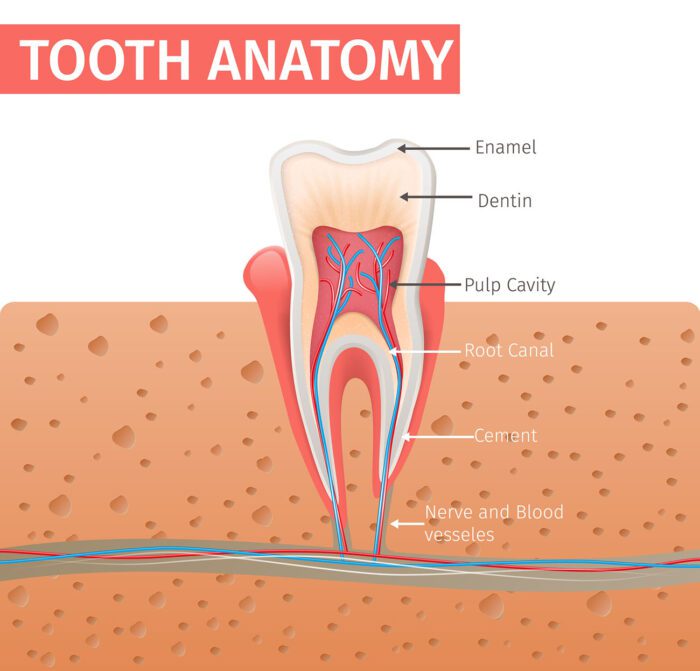For many patients, there’s a general level of anxiety for any dental procedure. But there’s usually one appointment that can naturally create fear and apprehension. However, getting a root canal in Cohoes, NY, is nothing to be afraid of. While a root canal is an invasive procedure that can sound frightening from the description, it actually tends to be one of the least painful procedures for most patients. Once you understand how and why a root canal works, you can face your upcoming appointment with greater confidence.

What is a Root Canal in Cohoes, NY?
While the outer layer of your tooth is hard enamel and dentin, it protects a system of soft tissue and nerves inside. Blood vessels travel up through the root of your tooth in what’s known as the pulp chamber. This nervous system helps keep your teeth strong and healthy. But if the pulp becomes infected, it could be the source of great pain and discomfort. During a root canal appointment, your dentist removes the infected pulp to reduce swelling and friction within your tooth.
The Root Canal Process
When you go to get a root canal, the first thing your dentist will do is examine the affected tooth. They may need to take additional x-rays to inspect the pulp chamber and assess the degree of infection or damage. Then, they’ll apply a local anesthetic. While the initial injection may sting a bit, the anesthetic should help reduce the pain felt during the procedure. Many patients do feel some pressure while treatment is underway, but the sensations are usually minimal. If you feel any pain or high levels of discomfort, alert your dentist right away, as the anesthetic may not have taken effect.
With the area numb, your dentist will drill a small hole in your tooth. This hole allows them to insert specialized dental tools into the pulp chamber to extract the infected pulp. They’ll then fill the pulp chamber with a biocompatible material to help seal the root canal and prevent further infection.
Post-Procedure
For many patients, the pain of an infected pulp is immediately relieved after the root canal is complete. This is because the infection often pushes against the hard casing of your tooth, damaging and agitating the nerves within. With the infection removed, the pain often dissipates.
But while the pain and discomfort are gone, you’re not quite done protecting and preserving your tooth. While your dentist fills in the root canal, there’s still a hole in your tooth made for the extraction. Many patients need restorative treatment, such as a crown, to help protect their teeth and restore their bite to full strength after a root canal appointment.
If you experience high sensitivity or pain in your tooth, an infected pulp could be the culprit. Call Capital Region Complete Dental Care and Implants right away at (518) 650-1930 to schedule an exam and see if a root canal is right for you.
